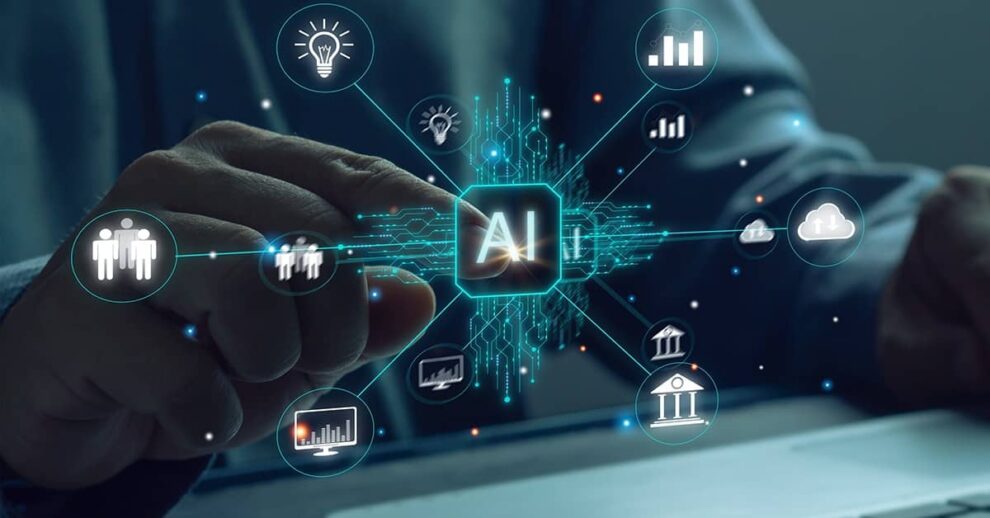In recent years, the financial sector has seen a dramatic increase in fraud, significantly impacted by advancements in artificial intelligence (AI). According to various analyses, AI-powered fraudsters have developed sophisticated methods to bypass traditional banking defenses, posing significant challenges to financial institutions and their customers.
Key Highlights:
- Sophistication of AI in Fraud: AI technologies enable fraudsters to conduct banking scams with unprecedented sophistication, including voice cloning for fund redirection and deepfake technology for identity fraud.
- Impact on Banks and Customers: Banks are facing challenges in upgrading their defenses fast enough to counter these AI-powered fraud techniques, which range from synthetic identity creation to manipulating biometric authentication systems.
- Strategies for Combating AI-Driven Fraud: Financial institutions are employing AI-driven strategies themselves, enhancing transaction monitoring, and investing in cybersecurity solutions that leverage machine learning for better detection and prevention.
- Importance of Human Vigilance: Despite technological advancements, the importance of human vigilance and awareness training for both staff and customers remains crucial in identifying and preventing fraud attempts.
Detailed Insights:
The application of AI in fraud has become a double-edged sword. On one side, it provides fraudsters with tools like deepfakes and voice cloning technology, allowing them to bypass security measures like biometric authentication and conduct sophisticated social engineering attacks. On the other side, financial institutions harness AI for enhancing fraud detection through advanced transaction monitoring and analysis, reducing false positives and negatives, and improving overall efficiency in fraud prevention.
The evolving nature of AI-powered fraud demands continuous innovation from banks, moving beyond traditional operating models to more agile, technology-focused strategies. Integrating AI into various layers of banking operations—from customer engagement to core technology and data layers—is essential for banks to provide secure, seamless financial services. However, this transformation faces obstacles, such as the need for substantial investments in core technologies and a shift towards an AI-first institutional mindset.
Moreover, the integration of fraud and cybersecurity operations within financial institutions presents a strategic advantage. Moving from collaborative to fully integrated models enables a holistic view of financial crime risks, enhancing the detection, prevention, and mitigation of threats. This integration is not just a tactical shift but a strategic imperative in the era of AI-driven financial crimes.
In the broader landscape, the AI market is rapidly growing, with significant implications for both cybersecurity defenses and the capabilities of bad actors. The generative AI technologies are shaping up to be crucial in threat identification and incident response, balancing the cybersecurity arms race between defenders and hackers.
The financial sector’s battle against AI-powered fraud is a testament to the larger trend of digital transformation and its associated challenges. As banks strive to adapt and protect themselves and their customers, the need for a balanced approach—leveraging AI for defense, maintaining human oversight, and fostering customer awareness—has never been more critical.








